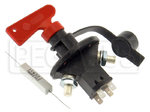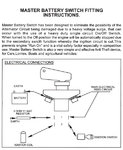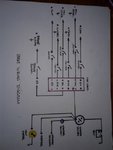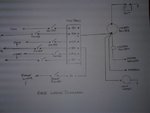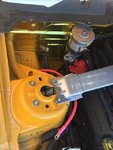Good afternoon fellas, so I bought this master switch and im planning on tackling the job tomorrow, I just wanted to know whats the best installation route for our application. Mines a 2012 in full race trim. So the 2 main poles are pretty obvious and my concern comes down to the relay connections, first the one tagged "main electrical feed circuit" what wire exaclty do I have to run here? Then there's the ignition coil and well we dont have ONE per se.. And finally the ignition switch which cable did you guys run to here.. I appreciate you help! Happy motoring.
